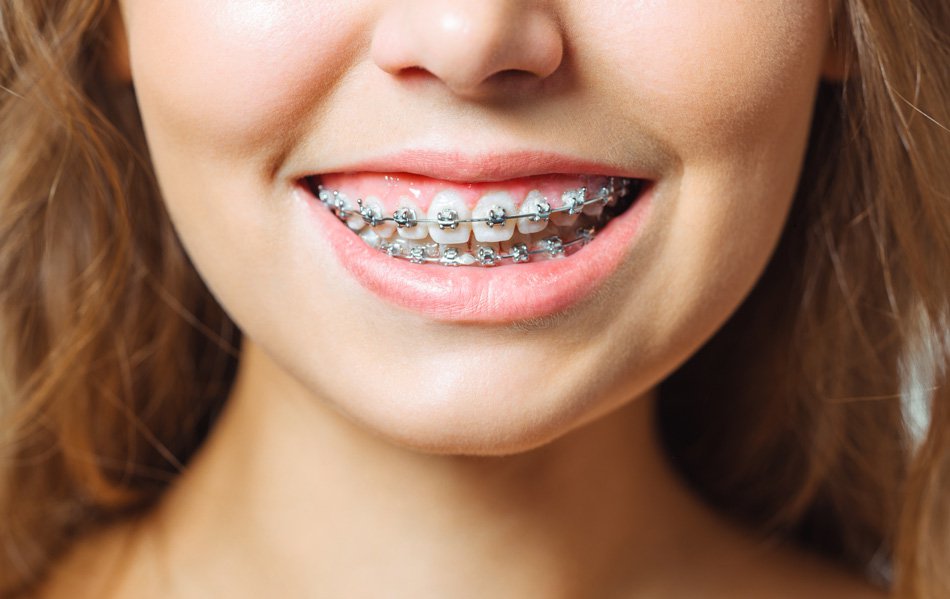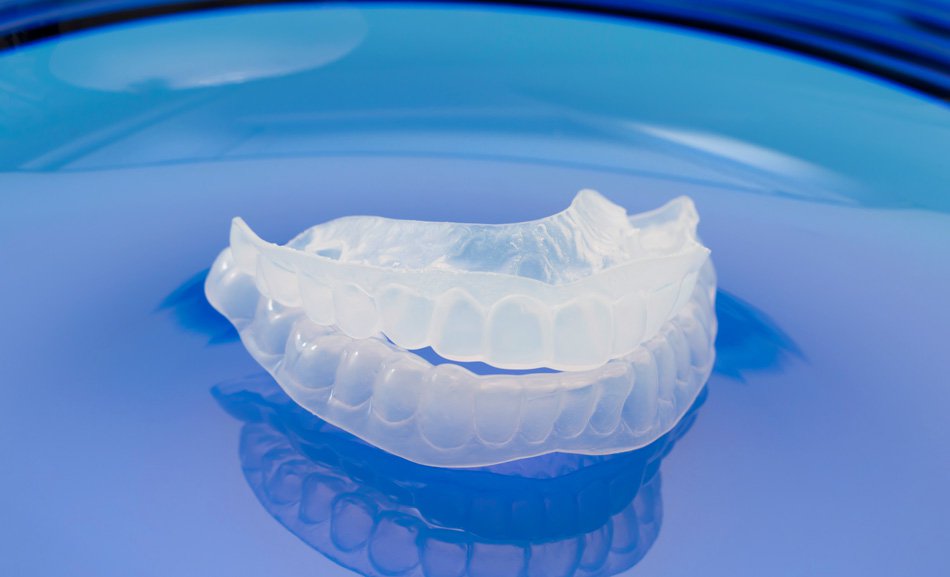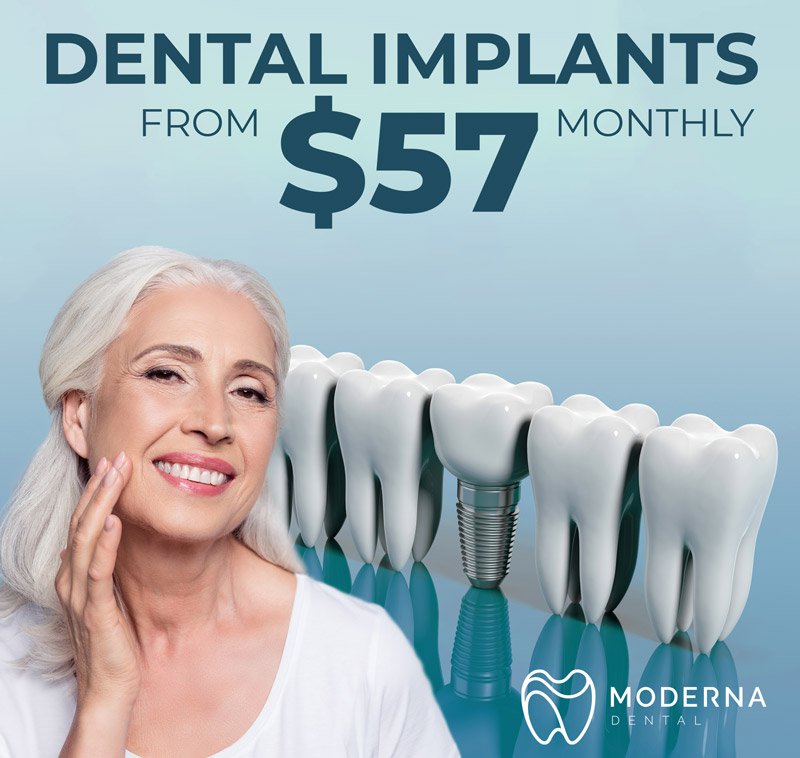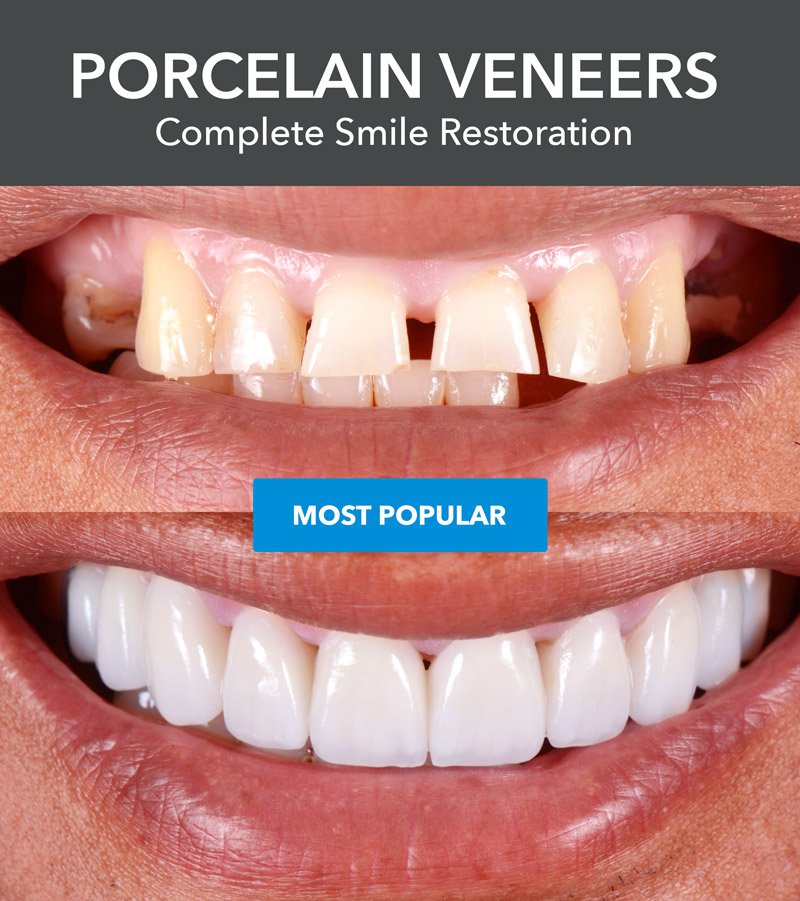Orthodontics(Teeth Straightening)
Moderna Smile in Miami offers orthodontic treatments including clear aligners, night guards, and braces. Let’s fix your smile. Call today for a consultation!


Orthodontics for Miami Patients: Putting You on the Path to a Straighter Smile.
Yes, orthodontics can help you achieve a more attractive smile, but orthodontic treatments also come with quite a number of health benefits, namely straighter teeth and a proper bite. When teeth are straight and properly spaced, they are also easier to clean, which means you will be less likely to develop issues with plaque, tartar, and periodontal disease. Your teeth will also be properly aligned, allowing for even pressure along the biting surfaces of the teeth. Improper teeth alignment can cause uneven wear patterns. An uneven bite also places additional pressure on the jawbone and the supporting muscles and tissues, which can lead to painful disorders such as “TMJ” (temporomandibular joint disorder).
Are you worried about having a “metal mouth?” Moderna Smile also offers clear aligners and night guards in addition to traditional braces.
What is Orthodontic Dentistry?
General dentistry largely focuses on maintaining the health of the teeth and gums. Orthodontics, on the other hand, is mostly concerned about the arrangement of teeth in relation to each other and the jawbone. Orthodontics is often used to straighten teeth as well as correct issues related to teeth spacing and bite (how the teeth meet). Straight teeth are not only more attractive, but they are also easier to clean with a toothbrush and floss.
The main treatments offered by orthodontists are conventional braces and aligner trays. These both work on the principle that by applying pressure to the teeth, the alveolar bone (jawbone) will adapt. The result is a smile that is straight and properly aligned.
Conditions Treated by Orthodontics
Orthodontic treatments such as braces and clear aligners are used to treat a range of conditions, including:
- Gaps between teeth (diastema)
- Cross bite
- Overcrowding
- Underbite
- Open bite
- Crooked teeth
- …and others
What Age is Best to Start Orthodontics?
Orthodontic treatments work best while the patient's craniofacial features (skull and jaw) are still in the growth stages. This means that orthodontic treatments should ideally begin somewhere around the ages of 7 to 9 and conclude around the ages of 13 to 15. Contrary to popular belief, even seniors can successfully correct their teeth with braces, clear aligners, and other orthodontic treatments. So, even if you are in your 50s or 60s, there is still time to have the kind of smile you’ve always wanted.
Traditional Braces
Traditional wire-and-bracket braces are still the preferred form of orthodontic treatment for severe forms of malocclusion (crooked teeth). Conventional braces are also beneficial in treating cases where the movement of teeth is more complicated.

If you're hesitant about going with conventional braces, you should know that recent innovations have made braces a more attractive treatment option. Here are a few things you should consider while you’re wondering if braces are for you:
They cost less. Since dental insurance plans typically only cover a portion of the cost of braces, budget does come into play. Patients can save a significant amount of money by choosing traditional braces over clear aligns — that is something worth smiling about!
They're less obtrusive. Today's braces not only come with smaller metal brackets, but there are also ceramic porcelain options that can be tinted to match the shade of your teeth. This means only the thin wire will be visible under most circumstances.
Braces can be used by all ages. While clear aligners have been embraced by teenagers and adults, clear aligners are not recommended for children. Braces are still the go-to option for kids!
They're great for complicated orthodontic work. Clear aligners are only recommended for patients with mild to moderate orthodontic issues. In cases of severely crooked teeth, traditional braces remain the best option.
Clear Aligners
Clear aligners are crafted from translucent, thermoformed pieces of plastic. Unlike traditional braces, aligner trays can be removed while eating, brushing, and flossing. They’re clear, too, which means that they are practically invisible to the casual observer.

When you undergo orthodontic treatments with clear aligners, the dentist prescribes a series of aligner trays. With each successive clear aligner tray, the teeth are further nudged into their correct positions. The last aligner tray you receive will essentially serve as a retainer to keep the teeth in the correct position.
Why Patients Love Clear Aligners
Patients love clear aligners. This is evidenced by the explosive growth of the industry and the number of clear aligner brands now available. If you are deciding between traditional braces and clear aligners, here are some factors that might help you see things a bit more clearly:
They are clear! Let’s get the obvious out of the way; clear aligners are practically invisible. Most people don’t want to be seen as having a “metal mouth.” With your clear aligners, you likely appreciate the fact that most people won’t be able to tell that that you are wearing an orthodontic device.
Clear aligners are removable.The main drawback of traditional braces (from an oral health perspective), is that they cannot be removed. This means that during treatments with conventional braces, patients are at a higher risk of developing periodontal disease and tooth decay; some areas are more difficult to reach when brushing and flossing due to the additional brackets and wires. Having braces also means there are more surfaces for plaque and tartar to collect. Since conventional braces are unremovable, this means food bits can also become lodged in and around the wires and brackets.
Clear aligners can be removed while you eat and perform oral hygiene, making them a better option for those at a higher risk of periodontal disease (and those who don’t want to go through the hassle).
They’re also more comfortable.When patients switch from traditional braces to clear aligners, one of the first things they notice is how comfortable clear aligners are to wear. With clear aligners, there are no brackets and wires — just a smooth surface that will not chafe your inner cheek.
Night Guards
Do you grind your teeth at night? To minimize the risk of developing temporomandibular joint disorder (TMJ), the dentists at CG Smile can prescribe custom-fitted mouthguards to wear while you sleep. Night guards do more than defend against the symptoms of TMJ; they also prevent uneven wear on the biting surfaces of your teeth.

Bruxism (the grinding of teeth) is actually more of a problem than most realize. In addition to creating uneven wear patterns, bruxism can also weaken the teeth and cause them to drift out of place. Severe cases of bruxism can even lead to a condition known as “collapsed smile.” Therefore, if you or a loved one grind their teeth at night, schedule a checkup with a dentist. A simple plastic night guard can work wonders in preventing painful conditions associated with bruxism.
Some Fun Facts on Orthodontics
Who would have thought orthodontics could be so interesting! Check out these fun facts on orthodontics:
- NASA helped transform orthodontics.The metal wire used in conventional braces is made of nickel titanium. This alloy was first developed by NASA for use in aerospace applications.
- The ancients tried their hand at orthodontics.Evidence for orthodontics can be traced back to the ancient Egyptians. Mummies have been found with a primitive form of dental wiring that used catgut, a term used to describe strong cords made from animal intestines.
- Braces actually predate the United States.The first modern equivalent of orthodontic braces can be traced back to Frenchman Pierre Fauchard, who is often known as the father of modern dentistry. Fauchard introduced bracket-and-wire braces all the way back in 1728!
- Teeth are always on the move.As we age, our teeth have a tendency to move forward in the mouth, which sometimes cause issues with crowding.
- You’re never too old for braces.There is a common misconception that you can be “too old for braces.” This is simply not true. While the treatment may take a little longer, adults in their 50s, 60s, and 70s can benefit from orthodontic treatments. It's never too late to have a great smile!
- Retainers are really important.Your orthodontic treatment isn't finished once the braces come off. Wearing a retainer keeps the teeth in their proper positions. If you don't wear a retainer, the teeth will gradually return to their old habits. Nearly 25% of patients who undergo orthodontic treatments repeat them, often because they do not believe wearing a retainer is important. You're in the home stretch; don't lose the race by celebrating too early!


